Then and now
Syke420
Published
09/14/2014
Some of the very first of its kind and the best of today
- List View
- Player View
- Grid View
Advertisement
-
1.
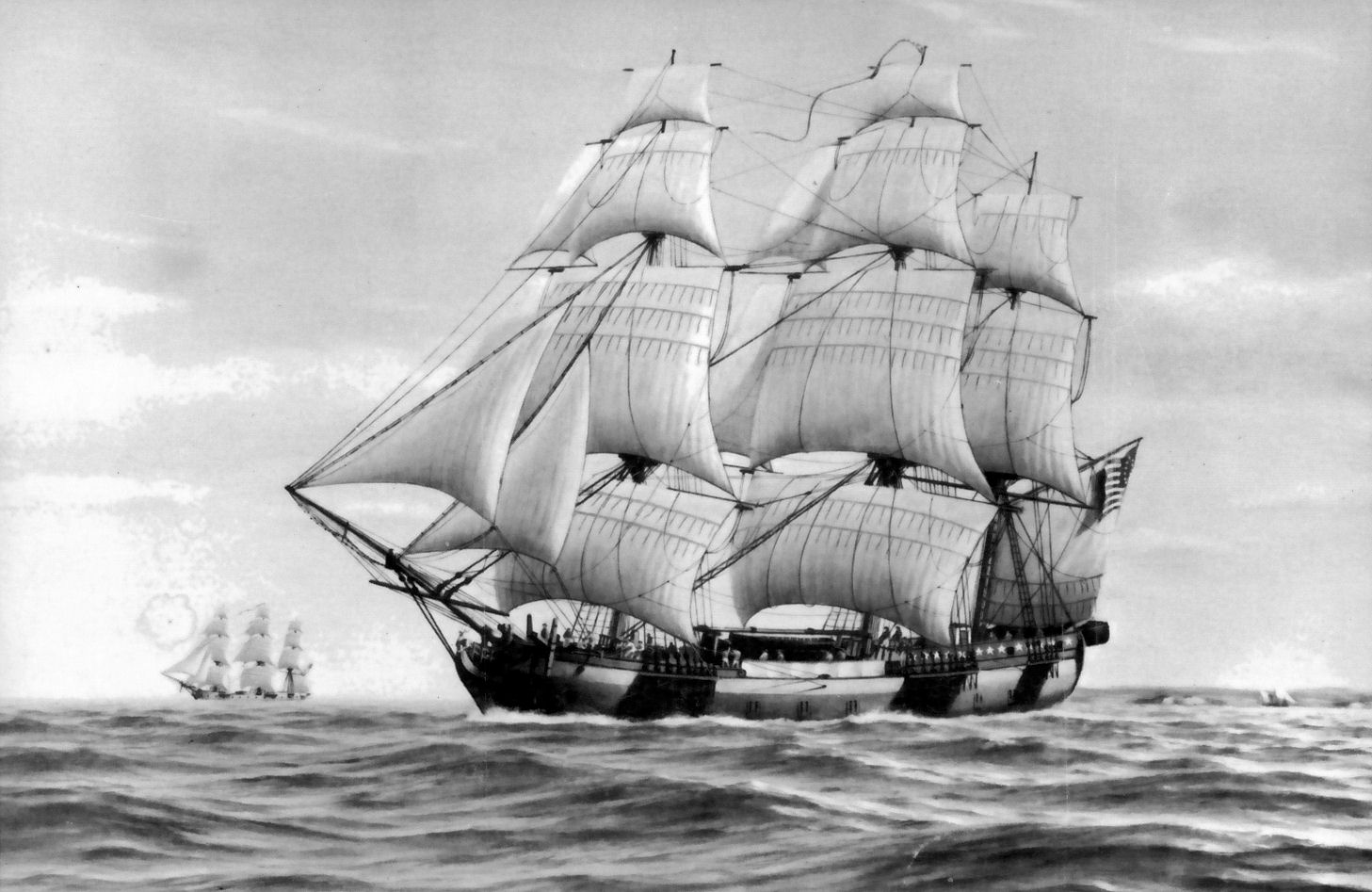 Continental Navy Ship Alfred, December 1777. Raleigh is visible in the distance. From a painting by Colonel Phillips Melville USAF, published in Alfred: The First Continental Flagship, 1175-1778. Author John J. McCusker notes she is shown against the Brittany coast as she sailed for home in December 1777. This is a modern, although carefully researched, interpretation.
Continental Navy Ship Alfred, December 1777. Raleigh is visible in the distance. From a painting by Colonel Phillips Melville USAF, published in Alfred: The First Continental Flagship, 1175-1778. Author John J. McCusker notes she is shown against the Brittany coast as she sailed for home in December 1777. This is a modern, although carefully researched, interpretation. -
2.
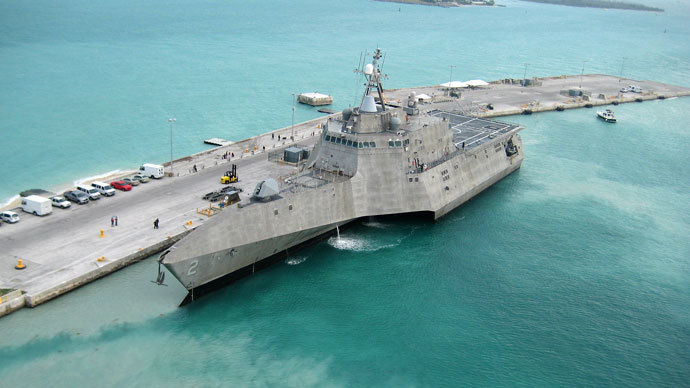 USS Independence LCS-2 is the lead ship of the Independence-class littoral combat ship. She is the sixth ship of the United States Navy to be named for the concept of independence
USS Independence LCS-2 is the lead ship of the Independence-class littoral combat ship. She is the sixth ship of the United States Navy to be named for the concept of independence -
3.
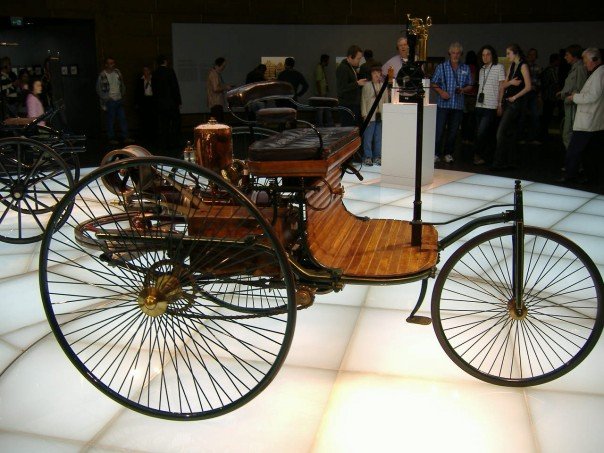 Karl Benz introduced the first ever vehicle powered by an internal combustion engine in 1885, and got a patent for it in the following year. Benz's invention was powered by a four-stroke cycle gasoline engine. A self propelled vehicle with an internal combustion engine! Doesn't that qualify to become the first car ever made? While many people regard Benz's invention as the first car invented
Karl Benz introduced the first ever vehicle powered by an internal combustion engine in 1885, and got a patent for it in the following year. Benz's invention was powered by a four-stroke cycle gasoline engine. A self propelled vehicle with an internal combustion engine! Doesn't that qualify to become the first car ever made? While many people regard Benz's invention as the first car invented -
4.
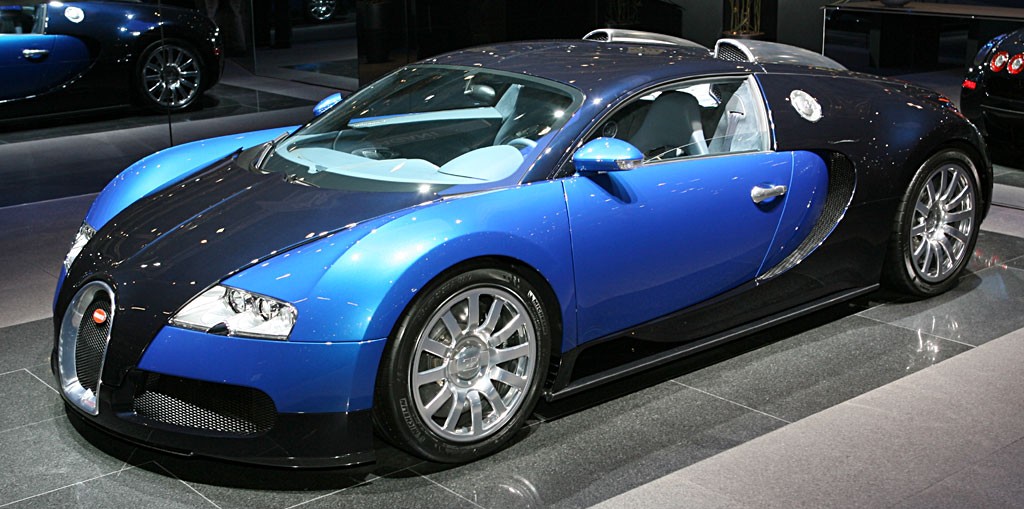 PerformanceTop speed408.47 kmh 253.81 mph averageSuper Sport:431.072 kmh 267.856 mph average0100 kmh 0.062.1 mph2.46 seconds0240 kmh 0.0149.1 mph9.8 seconds0300 kmh 0.0186.4 mph16.7 secondsSuper Sport:14.6 seconds0400 kmh 0.0248.5 mph55 secondsStanding quarter-mile 402 m10.2 seconds standard, 9.9 secondsBraking31.4 m from 100 kmh to 0
PerformanceTop speed408.47 kmh 253.81 mph averageSuper Sport:431.072 kmh 267.856 mph average0100 kmh 0.062.1 mph2.46 seconds0240 kmh 0.0149.1 mph9.8 seconds0300 kmh 0.0186.4 mph16.7 secondsSuper Sport:14.6 seconds0400 kmh 0.0248.5 mph55 secondsStanding quarter-mile 402 m10.2 seconds standard, 9.9 secondsBraking31.4 m from 100 kmh to 0 -
5.
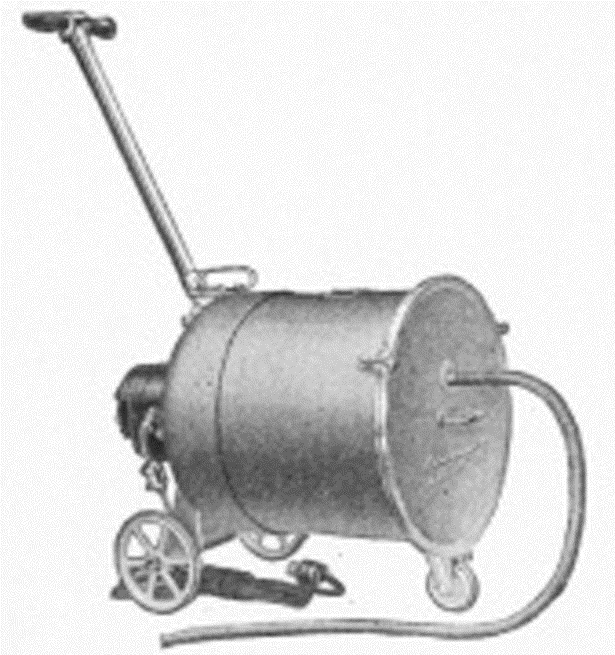 The world's first vacuum cleaner was invented in 1866. A man named Ives W. McGaffney created this manual vacuum that worked by using a hand crank attached to bellows to suck the air from a tube. The atmospheric pressure pushed air on the surface up into the tube due to the difference in air pressure caused by the cranking. While the vacuum worked to pick up dirt and debris from the floor at the end of the hose, the debris was simply redistributed out of a vent on the device. This method of "cleaning" remained the standard in vacuuming until the vacuum filter was introduced by Hubert Cecil Booth in 1901.
The world's first vacuum cleaner was invented in 1866. A man named Ives W. McGaffney created this manual vacuum that worked by using a hand crank attached to bellows to suck the air from a tube. The atmospheric pressure pushed air on the surface up into the tube due to the difference in air pressure caused by the cranking. While the vacuum worked to pick up dirt and debris from the floor at the end of the hose, the debris was simply redistributed out of a vent on the device. This method of "cleaning" remained the standard in vacuuming until the vacuum filter was introduced by Hubert Cecil Booth in 1901. -
6.
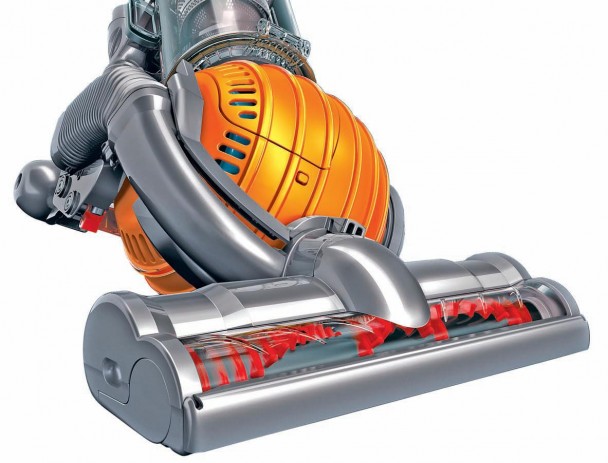 Ordinary vacuum cleaners rely on bags and filters to trap dust and dirt. Air is meant to flow through tiny holes, leaving dust and dirt behind. The problem is that these tiny holes quickly clog up with particles of dust. This chokes the flow of air, so the vacuum cleaner loses suction. Dyson vacuum cleaners don't rely on bags to trap dust and dirt. They use patented Root Cyclone technology, which spins the air at incredibly high speeds. The cyclones inside a Dyson vacuum cleaner generate centrifugal forces many thousands of times the force of gravity. Dust, dirt and pet hair are flung out of the airflow and straight into the clear bin. No bags, no loss of suction.
Ordinary vacuum cleaners rely on bags and filters to trap dust and dirt. Air is meant to flow through tiny holes, leaving dust and dirt behind. The problem is that these tiny holes quickly clog up with particles of dust. This chokes the flow of air, so the vacuum cleaner loses suction. Dyson vacuum cleaners don't rely on bags to trap dust and dirt. They use patented Root Cyclone technology, which spins the air at incredibly high speeds. The cyclones inside a Dyson vacuum cleaner generate centrifugal forces many thousands of times the force of gravity. Dust, dirt and pet hair are flung out of the airflow and straight into the clear bin. No bags, no loss of suction. -
7.
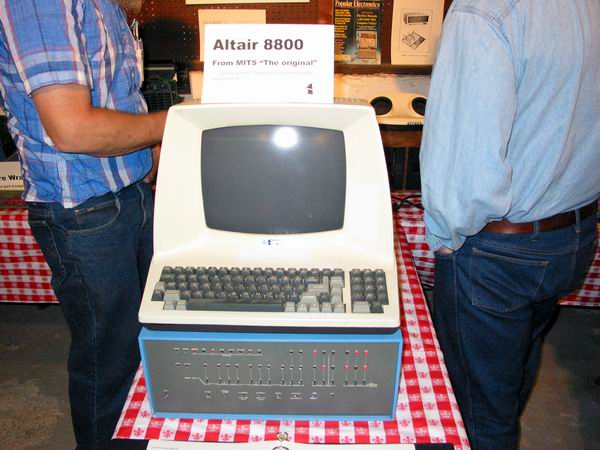 The MITS Altair 8800 is a microcomputer designed in 1974 based on the Intel 8080 CPU. Interest grew quickly after it was featured on the cover of the January 1975 issue
The MITS Altair 8800 is a microcomputer designed in 1974 based on the Intel 8080 CPU. Interest grew quickly after it was featured on the cover of the January 1975 issue -
8.
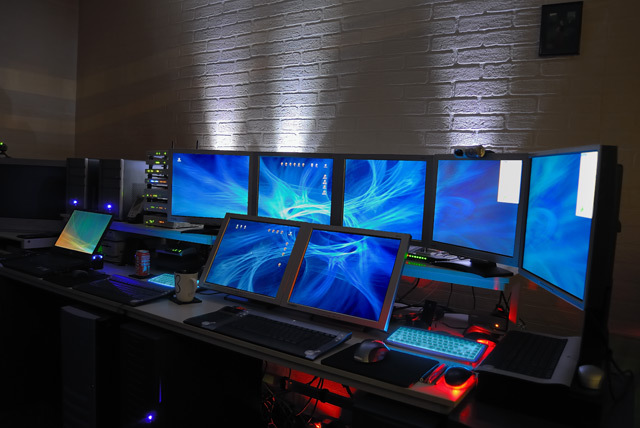 You can watch a movie, do your taxes, play a game, watch the stock market all at the same time and still have plenty of extra ram and processor to use up
You can watch a movie, do your taxes, play a game, watch the stock market all at the same time and still have plenty of extra ram and processor to use up -
9.
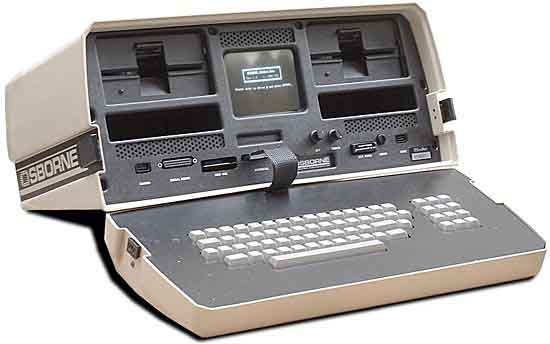 If computers in general, more than a revolution, were an evolution, so is the case with portable computers. The first true laptop was the Osborne 1, designed by Adam Osborne and released in 1981 by the Osborne Computer Corporation, ranging between 1,500 and 1,700 dollars.
If computers in general, more than a revolution, were an evolution, so is the case with portable computers. The first true laptop was the Osborne 1, designed by Adam Osborne and released in 1981 by the Osborne Computer Corporation, ranging between 1,500 and 1,700 dollars. -
10.
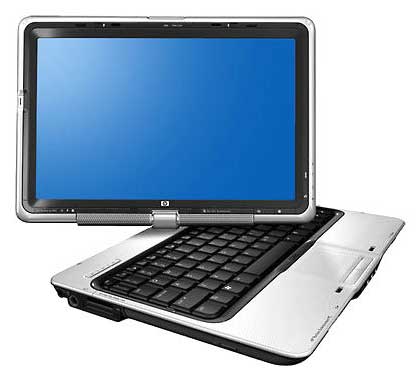 Has the ability to do it all these days even with touch screen also can detach
Has the ability to do it all these days even with touch screen also can detach -
11.
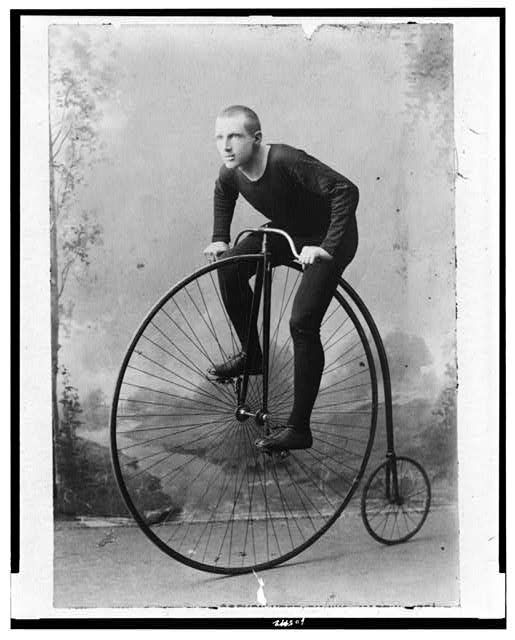 The pedals were still attached directly to the front wheel with no freewheeling mechanism. Solid rubber tires and the long spokes of the large front wheel provided a much smoother ride than its predecessor.
The pedals were still attached directly to the front wheel with no freewheeling mechanism. Solid rubber tires and the long spokes of the large front wheel provided a much smoother ride than its predecessor. -
12.
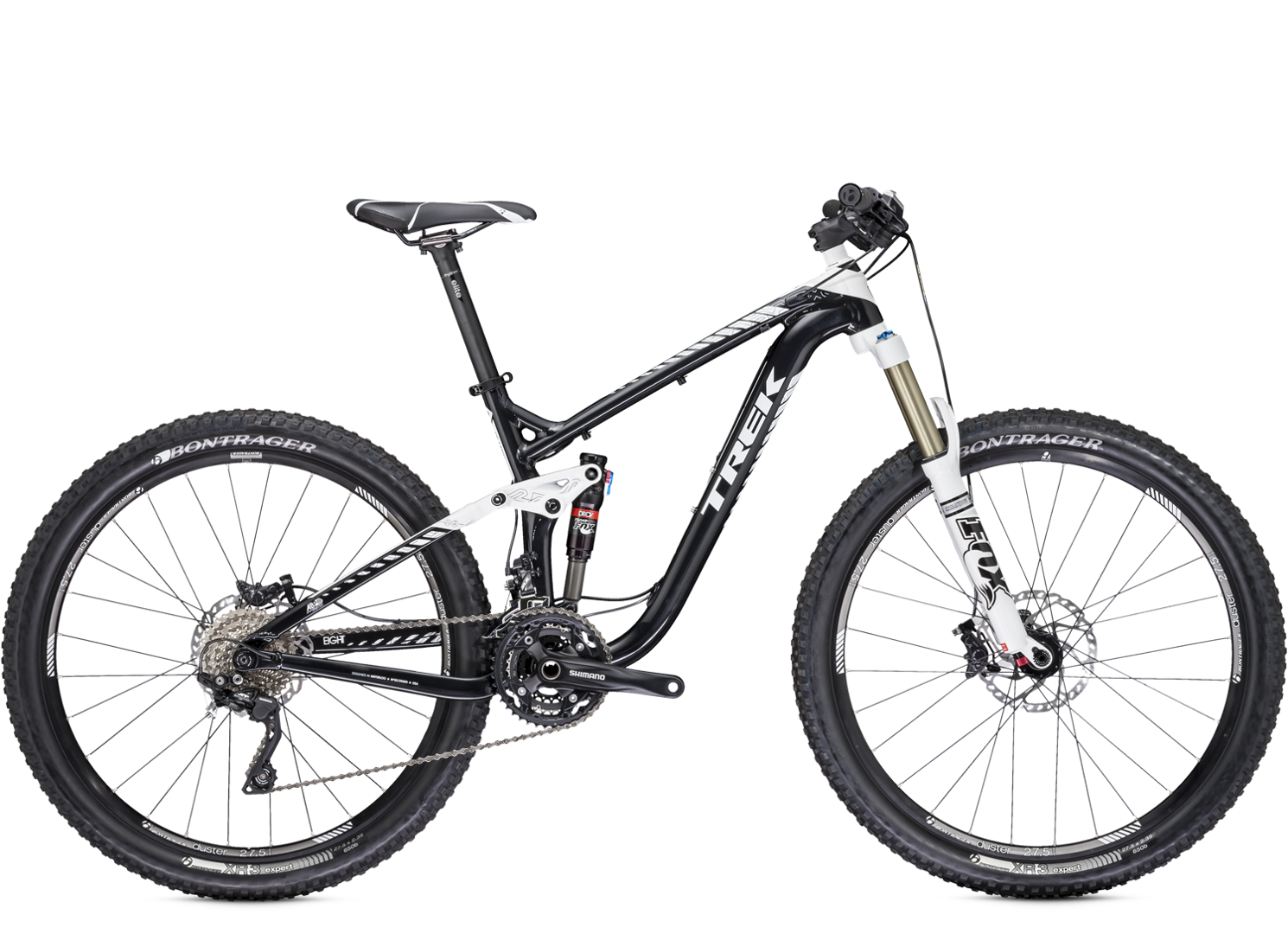 super light weight, fast and gears to take control of the road also falling from the seat while getting off saved many of lives.
super light weight, fast and gears to take control of the road also falling from the seat while getting off saved many of lives. -
13.
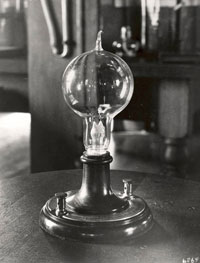 Edison was able to produce over 13 continuous hours of light with the cotton thread filament, and filed his first light bulb patent on January 27, 1880. Later, he and his researchers found that the ideal filament substance was carbonized bamboo, which produced over 1,200 hours of continuous light. The first large-scale test of Edison's lights occurred September 4, 1882 when 25 buildings in New York City's financial district were illuminated.
Edison was able to produce over 13 continuous hours of light with the cotton thread filament, and filed his first light bulb patent on January 27, 1880. Later, he and his researchers found that the ideal filament substance was carbonized bamboo, which produced over 1,200 hours of continuous light. The first large-scale test of Edison's lights occurred September 4, 1882 when 25 buildings in New York City's financial district were illuminated. -
14.
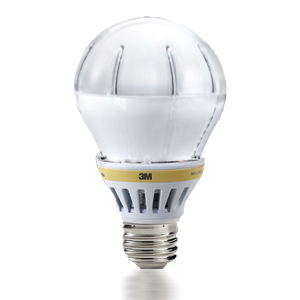 LED advanced light uses nearly 80 percent less energy than a traditional incandescent light bulb. That means lowered fuel consumption and carbon emissions at the power plant, and smaller electricity bills at home.
LED advanced light uses nearly 80 percent less energy than a traditional incandescent light bulb. That means lowered fuel consumption and carbon emissions at the power plant, and smaller electricity bills at home. -
15.
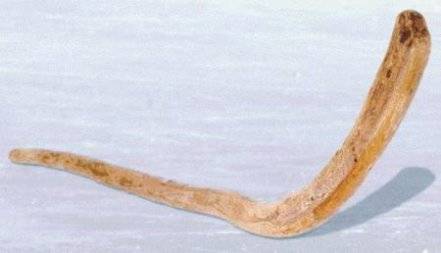 There are numerous references to the Mi'kmaq people of Nova Scotia playing hockey from as early as the 18th century. There are claims from the nineteenth century that the Mi'kmaq inventing the ice hockey stick.1 The oldest known hockey stick was made between 1852 and 1856
There are numerous references to the Mi'kmaq people of Nova Scotia playing hockey from as early as the 18th century. There are claims from the nineteenth century that the Mi'kmaq inventing the ice hockey stick.1 The oldest known hockey stick was made between 1852 and 1856 -
16.
 In recent years, the aluminium stick, as well as its wooden counterpart, have largely been replaced by more advanced composite designs. Common building materials include fiberglass and carbon fiber, and some manufacturers have even explored using materials such as kevlar. Composite sticks generally weigh less than their aluminum forebears
In recent years, the aluminium stick, as well as its wooden counterpart, have largely been replaced by more advanced composite designs. Common building materials include fiberglass and carbon fiber, and some manufacturers have even explored using materials such as kevlar. Composite sticks generally weigh less than their aluminum forebears -
17.
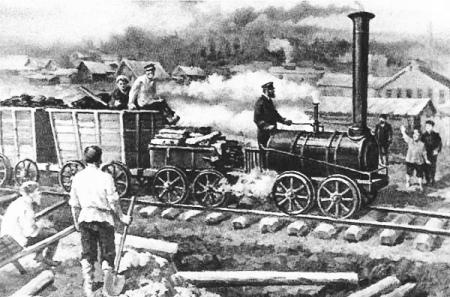 Steam locomotives greatly improved during the 1800's increasing both their efficiency and speed. In the 1850's and during the Civil War in the United States the average speed was about 15 to 20 mph depending on grade and load pulled.
Steam locomotives greatly improved during the 1800's increasing both their efficiency and speed. In the 1850's and during the Civil War in the United States the average speed was about 15 to 20 mph depending on grade and load pulled. -
18.
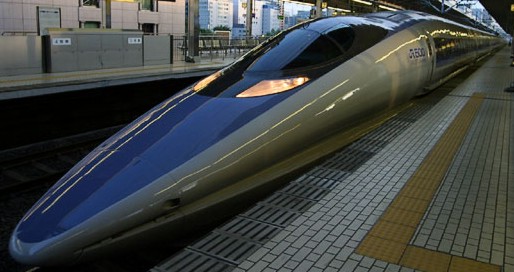 While impressive compared to highway speeds, that's nothing next to what real high speed rail can do. Among the fastest in the world, these trains regularly top 200 mph and even crack above the 300 mph mark.
While impressive compared to highway speeds, that's nothing next to what real high speed rail can do. Among the fastest in the world, these trains regularly top 200 mph and even crack above the 300 mph mark. -
19.
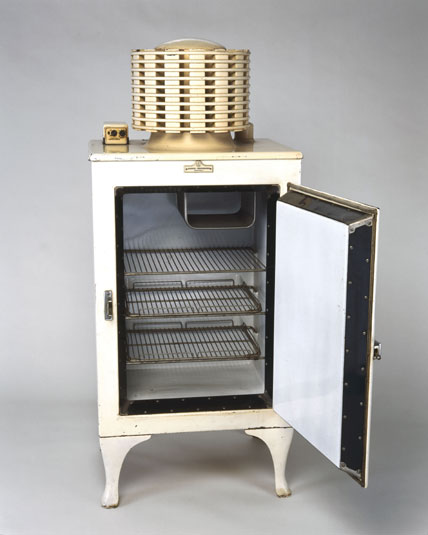 As the refrigerating medium, these refrigerators used either sulfur dioxide, which is corrosive to the eyes and may cause loss of vision, painful skin burns and lesions, or methyl formate, which is highly flammable, harmful to the eyes, and toxic if inhaled or ingested. Many of these units are still functional today
As the refrigerating medium, these refrigerators used either sulfur dioxide, which is corrosive to the eyes and may cause loss of vision, painful skin burns and lesions, or methyl formate, which is highly flammable, harmful to the eyes, and toxic if inhaled or ingested. Many of these units are still functional today -
20.
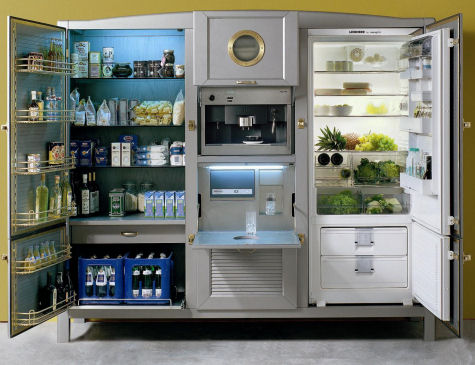 Multiple compartments to keep every just right, also has coffee maker ice maker even some refrigerator have TV's in the doors now days
Multiple compartments to keep every just right, also has coffee maker ice maker even some refrigerator have TV's in the doors now days -
21.
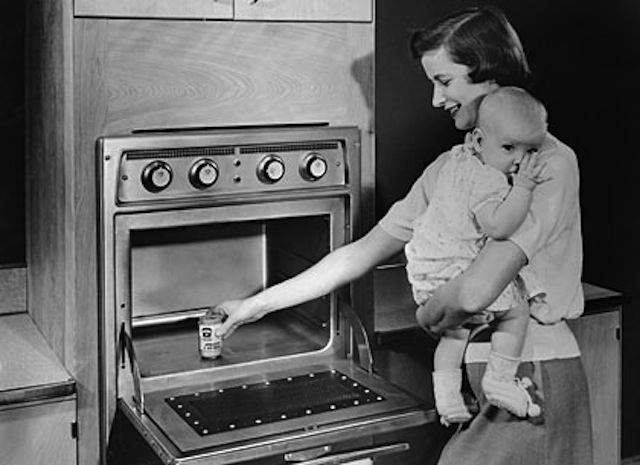 In 1945 the specific heating effect of a high-power microwave beam was accidentally discovered by Percy Spencer, an American self-taught engineer from Howland, Maine. Employed by Raytheon at the time he noticed that microwaves from an active radar set he was working on started to melt a candy bar he had in his pocket. The first food deliberately cooked with Spencer's microwave was popcorn, and the second was an egg, which exploded in the face of one of the experimenters
In 1945 the specific heating effect of a high-power microwave beam was accidentally discovered by Percy Spencer, an American self-taught engineer from Howland, Maine. Employed by Raytheon at the time he noticed that microwaves from an active radar set he was working on started to melt a candy bar he had in his pocket. The first food deliberately cooked with Spencer's microwave was popcorn, and the second was an egg, which exploded in the face of one of the experimenters -
22.
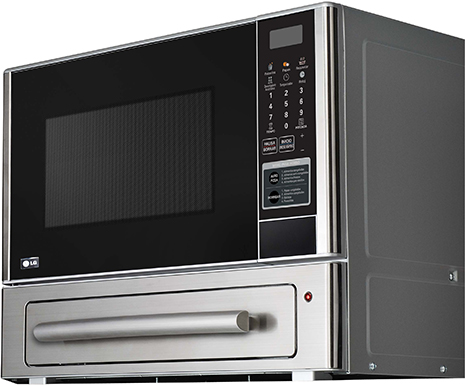
-
23.
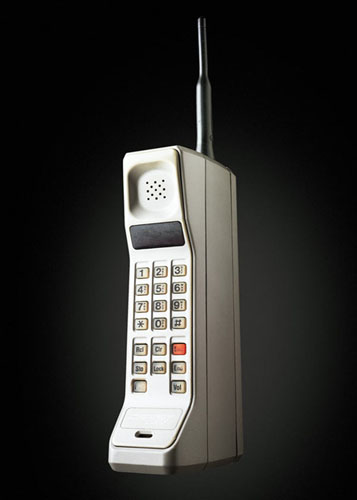 Prior to 1973, mobile telephony was limited to phones installed in cars and other vehicles. Motorola was the first company to produce a handheld mobile phone. On 3 April 1973 when Martin Cooper, a Motorola researcher and executive, made the first mobile telephone call from handheld subscriber equipment, placing a call to Dr. Joel S. Engel of Bell Labs
Prior to 1973, mobile telephony was limited to phones installed in cars and other vehicles. Motorola was the first company to produce a handheld mobile phone. On 3 April 1973 when Martin Cooper, a Motorola researcher and executive, made the first mobile telephone call from handheld subscriber equipment, placing a call to Dr. Joel S. Engel of Bell Labs -
24.
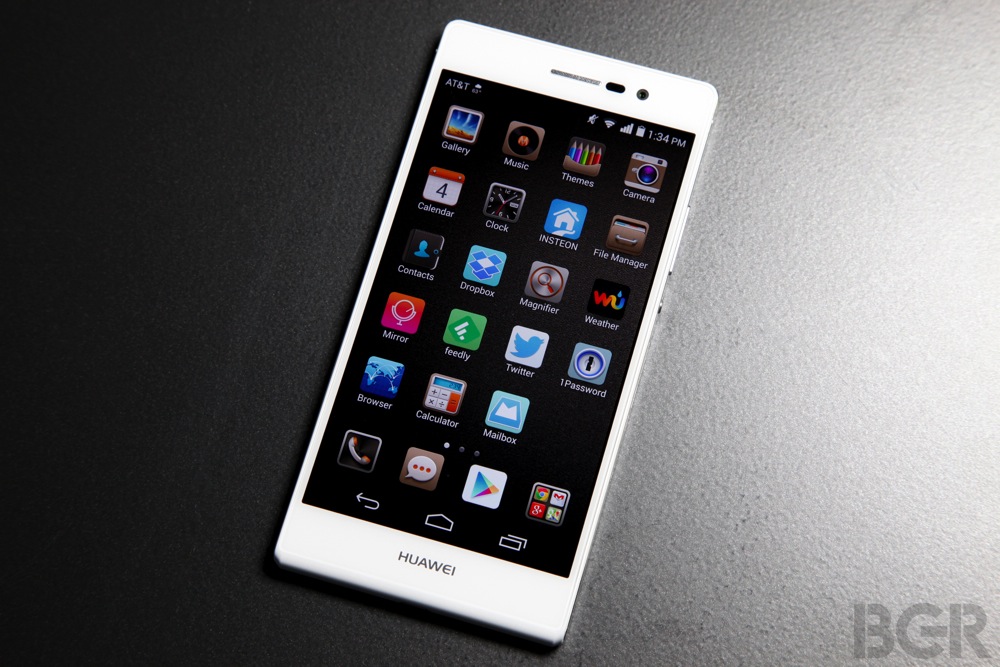 Todays cell phones are more likely used for facebook, games or pictures
Todays cell phones are more likely used for facebook, games or pictures -
25.
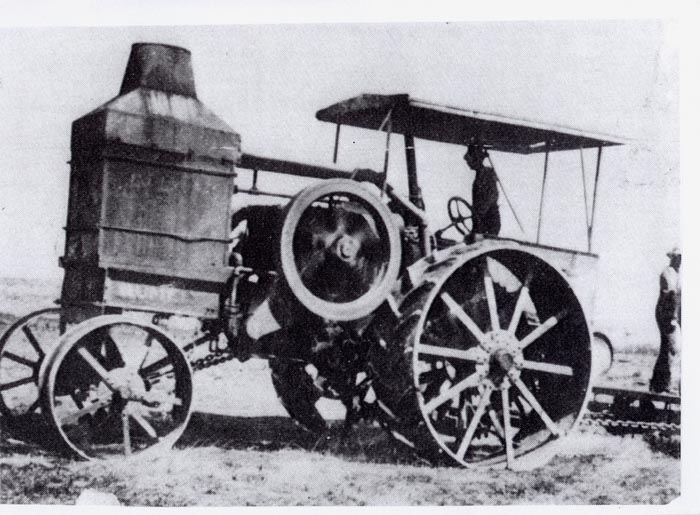
-
26.
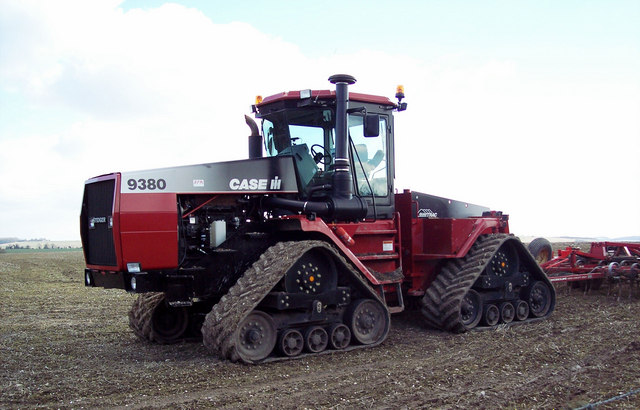
-
27.
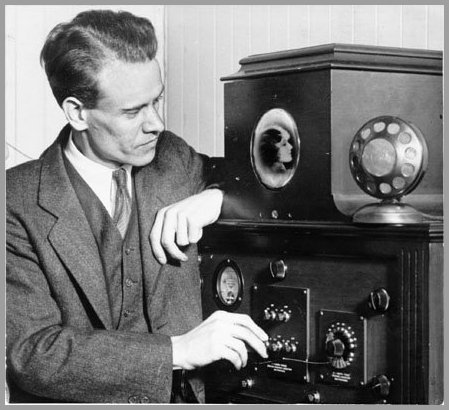 with a screen size about of 9 cm x 12 cm about 3.5" x 4.7", which gives it a 15 cm 5.9" diagonal.
with a screen size about of 9 cm x 12 cm about 3.5" x 4.7", which gives it a 15 cm 5.9" diagonal. -
28.
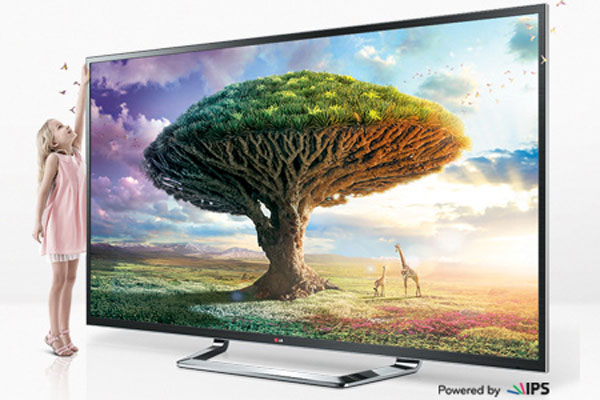 TV's now days can be at least 110 inches and look like real life even more with 3D
TV's now days can be at least 110 inches and look like real life even more with 3D -
29.
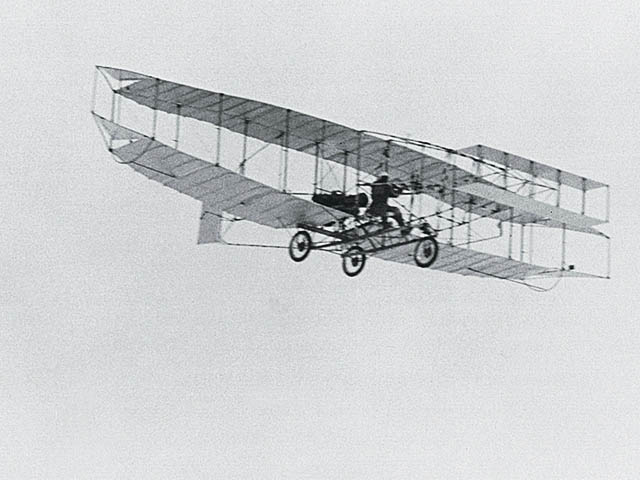 On December 17, 1903, Orville Wright piloted the first powered airplane 20 feet above a wind-swept beach in North Carolina. The flight lasted 12 seconds and covered 120 feet. Three more flights were made that day with Orville's brother Wilbur piloting the record flight lasting 59 seconds over a distance of 852 feet.
On December 17, 1903, Orville Wright piloted the first powered airplane 20 feet above a wind-swept beach in North Carolina. The flight lasted 12 seconds and covered 120 feet. Three more flights were made that day with Orville's brother Wilbur piloting the record flight lasting 59 seconds over a distance of 852 feet. -
30.
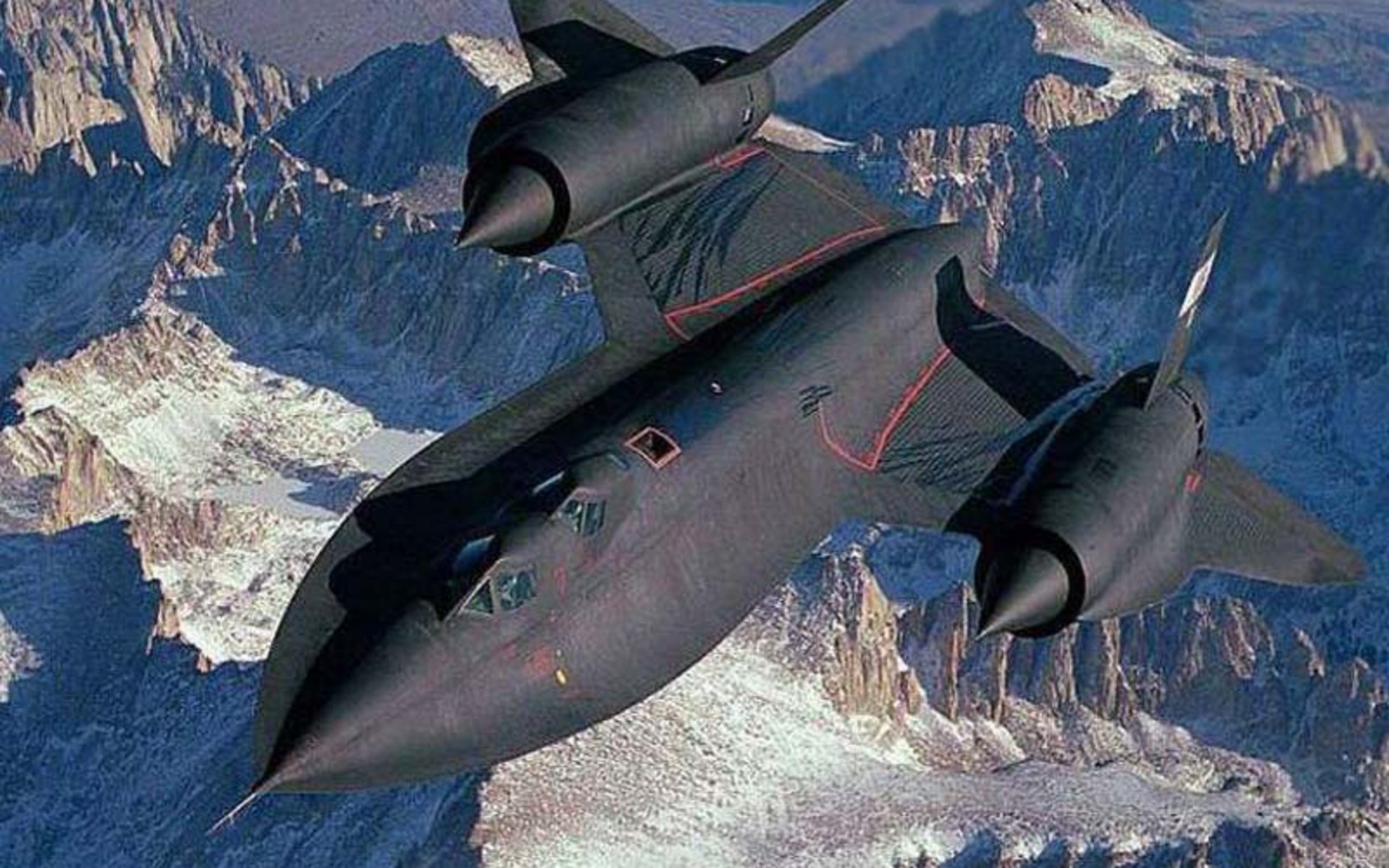 The USAF Lockheed SR-71 'Blackbird', a reconnaissance aircraft, is the world's fastest non-experimental jet aeroplane, with a top speed in excess of Mach 3.
The USAF Lockheed SR-71 'Blackbird', a reconnaissance aircraft, is the world's fastest non-experimental jet aeroplane, with a top speed in excess of Mach 3.
Continental Navy Ship Alfred, December 1777. Raleigh is visible in the distance. From a painting by Colonel Phillips Melville USAF, published in Alfred: The First Continental Flagship, 1175-1778. Author John J. McCusker notes she is shown against the Brittany coast as she sailed for home in December 1777. This is a modern, although carefully researched, interpretation.
30/30
1/30


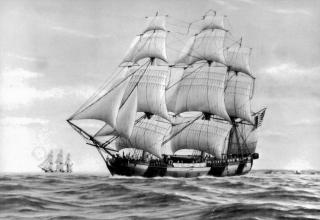




1 Comments